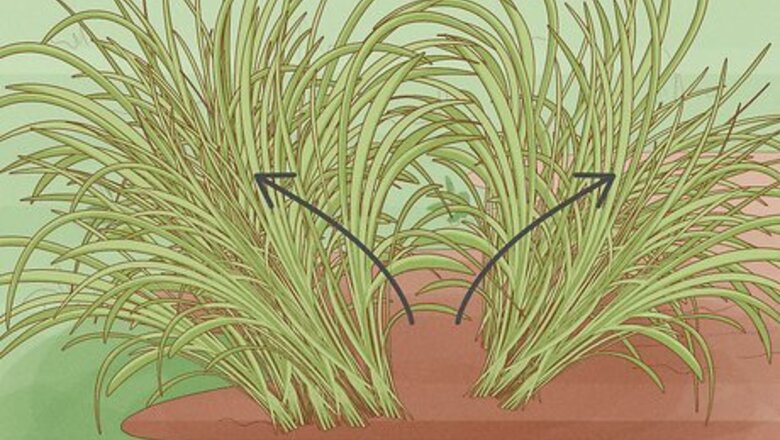
views
Removing and Separating the Daylilies
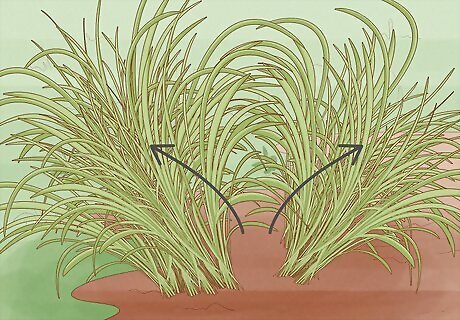
Separate crowded daylilies in the spring. Daylilies are crowded when you can see tight clumps of leaves and stunted growth. The blooms will begin to get smaller as the plants get more crowded. You will see new growth above the ground in early spring, which is another indicator that the daylilies are ready to be separated. Alternatively, you can wait until fall when the daylilies have finished blooming. Daylilies will usually begin to look crowded after 4 to 5 years.
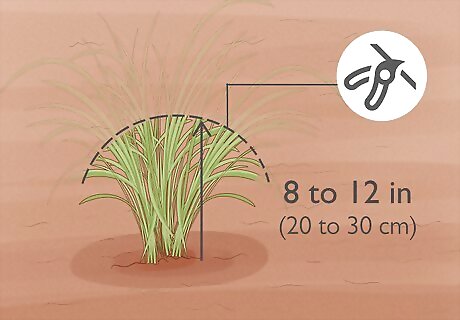
Trim the daylily leaves and flowers to 8 to 12 in (20 to 30 cm) high. Use garden secateurs to trim off both the leaves and flowers, leaving only 8 to 12 in (20 to 30 cm) of growth from the ground. When the leaves are shorter, you will be able to see the individual fans of leaves. If the leaves are already shorter than 8 to 12 in (20 to 30 cm), you don’t need to trim them. Garden secateurs or bypass pruners are the best tool to use to trim the daylilies, as they are precise and give a clean cut.

Loosen the clump of daylilies with a spade. Score the soil 2 in (5.1 cm) deep around each cluster of daylilies that you want to divide. Loosen the soil around the edges of the clump. A clump of daylilies has 3 or more fans of leaves.
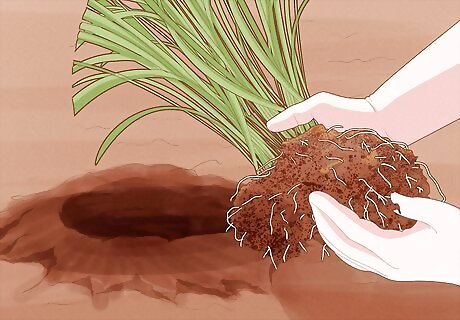
Dig up the root ball. Use the spade to dig up the clump of daylilies. Work the soil from all sides around the clump, and dig until you reach the bottom of the roots. Then lift the clump up and out of the ground. You can also use a garden fork for this step if you prefer. The roots will exceed the outline of the clump by several inches, so include as many as possible when removing the root ball. The roots of daylilies are very resilient. Don’t worry if you end up breaking or tearing a few.

Clean the soil out of the roots. Use your hands to brush loose soil out of the root ball. Then run the root ball under water from a garden hose to remove any remaining soil. This will help to separate the roots and to remove any unwanted pests.

Separate a group of 2 to 3 fans away from the clump. Use your hands to gently untangle the roots of each fan. Grasp the set of fans and carefully wiggle them away from the rest of the clump. Daylily fans are the individual daylily plants. Each fan has leaves, roots, and a crown, which is where all of the leaves meet together at the base. You can also separate each fan individually, however a group of 2 to 3 fans tends to look aesthetically better. If you have the time, leave each fan outside to air dry for 24 hours. This helps to prevent disease.
Replanting Daylilies
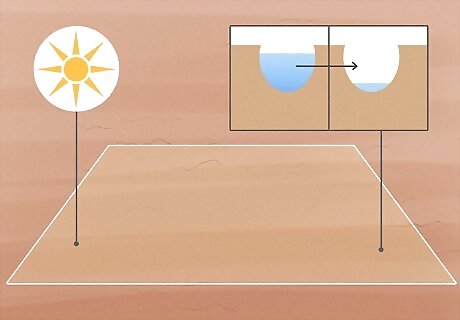
Pick a sunny spot with well-drained soil to replant the daylilies. Daylilies do best either in the sun or in partial shade. These perennials will grow in almost any type of soil, however they will grow best in more fertile soil. To test the soil drainage, dig a hole that is 12 in (30 cm) across by 12 in (30 cm) deep. Pour enough water into the hole to fill it, and monitor the water as it drains. If the water takes over 1 hour to drain, this means that the soil has poor drainage. You can improve the soil drainage by adding organic matter to the soil, such as manure, compost, or peat moss. Avoid planting daylilies beneath trees, as the plants will need to compete with the trees for sunlight and soil nutrients.
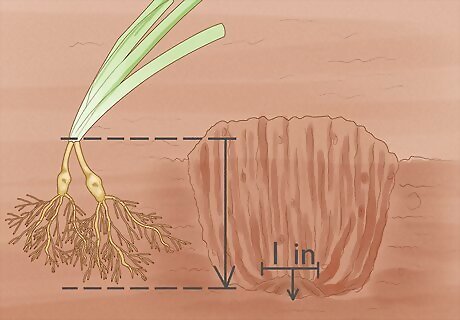
Dig a hole slightly deeper than the roots of the daylily fans. Use a garden shovel to dig a hole in the designated spot. Form a small mound in the center of the hole that reaches to 0.5 to 1 in (1.3 to 2.5 cm) below the top of the hole, and is approximately 1 in (2.5 cm) wide. If you are digging multiple holes to plant the groups of daylilies, leave 12 to 18 in (30 to 46 cm) of space between each hole to give the daylilies room to grow.

Place the group of 2 to 3 fans into the hole before backfilling the hole. Rest the crown of the fans on top of the mound of soil. Let the roots drape down around the mound. Hold the daylily fans steady as you push the soil back into the hole. When the soil reaches the top of the hole, press lightly around it to firm the soil.
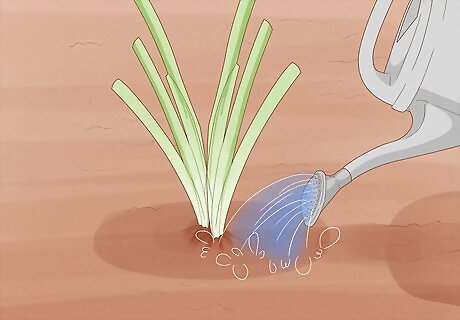
Water the daylilies immediately after replanting. Use a watering can or garden hose on a low pressure to lightly water the plant. A light sprinkling of water to make the soil damp will do, as this will settle the soil.

Add 2 to 3 in (5.1 to 7.6 cm) mulch around the daylilies. Spread mulch evenly around each plant. Use ground bark or pine straw mulch for the best results. This will help the daylilies to thrive, and will prevent weed growth.
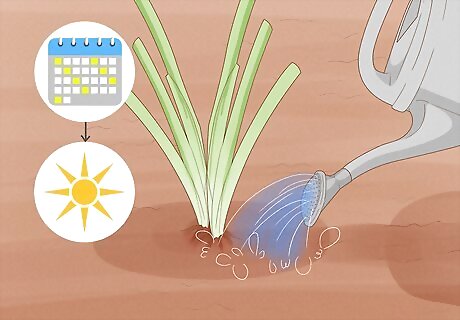
Water the daylilies every 3 days when the weather is dry. Add either liquid or granular fertilizer at least once per spring season to help your plants thrive. Care for the daylilies and divide them again after approximately 4 years. At the end of spring, remove any dead or dying vegetation.


















Comments
0 comment